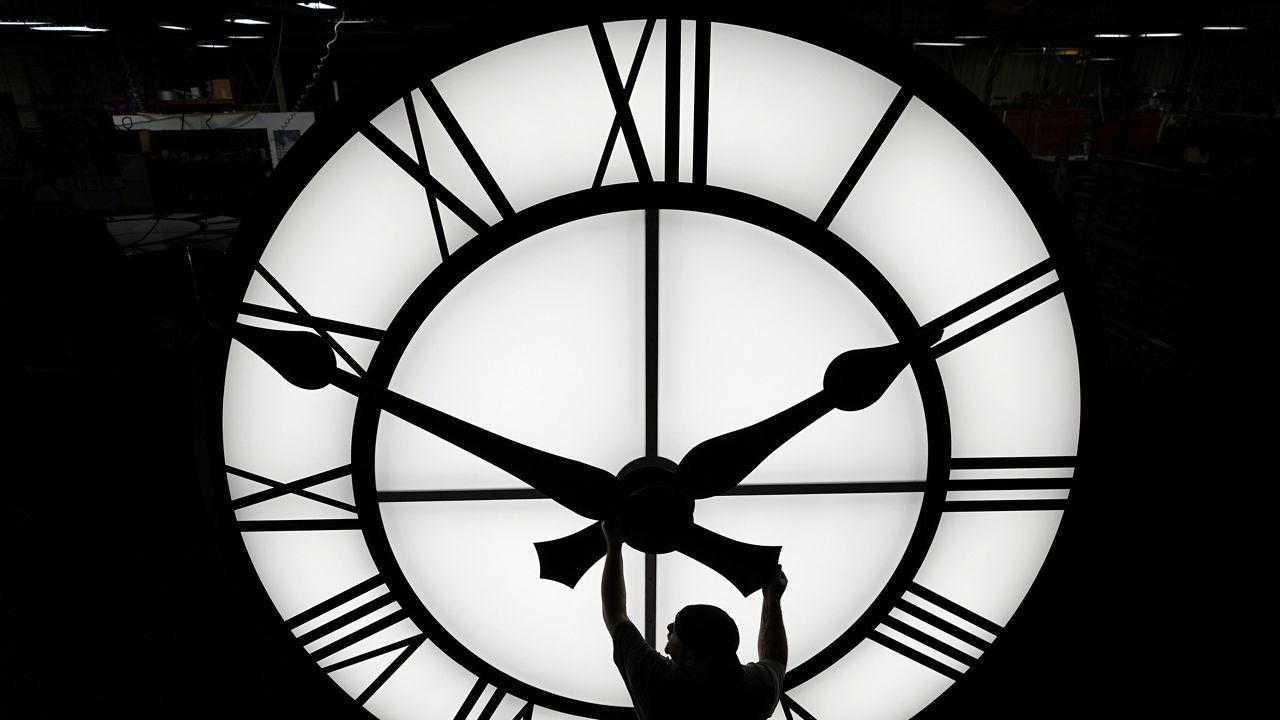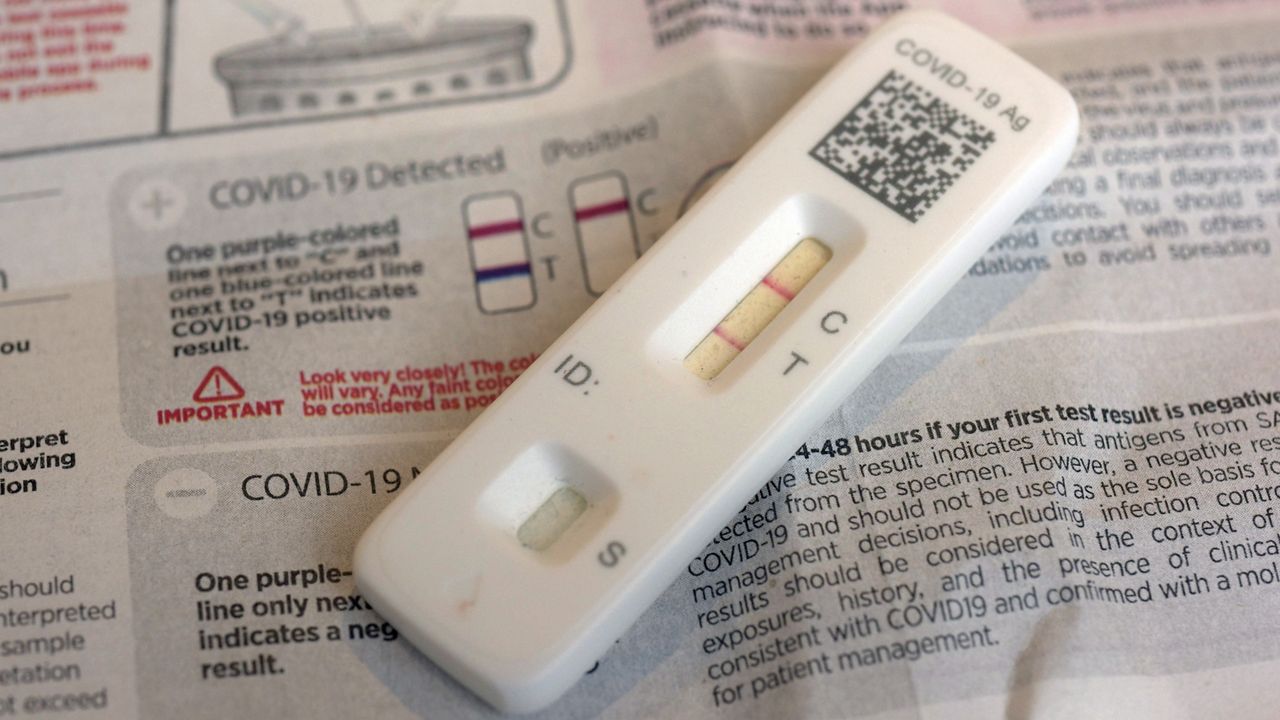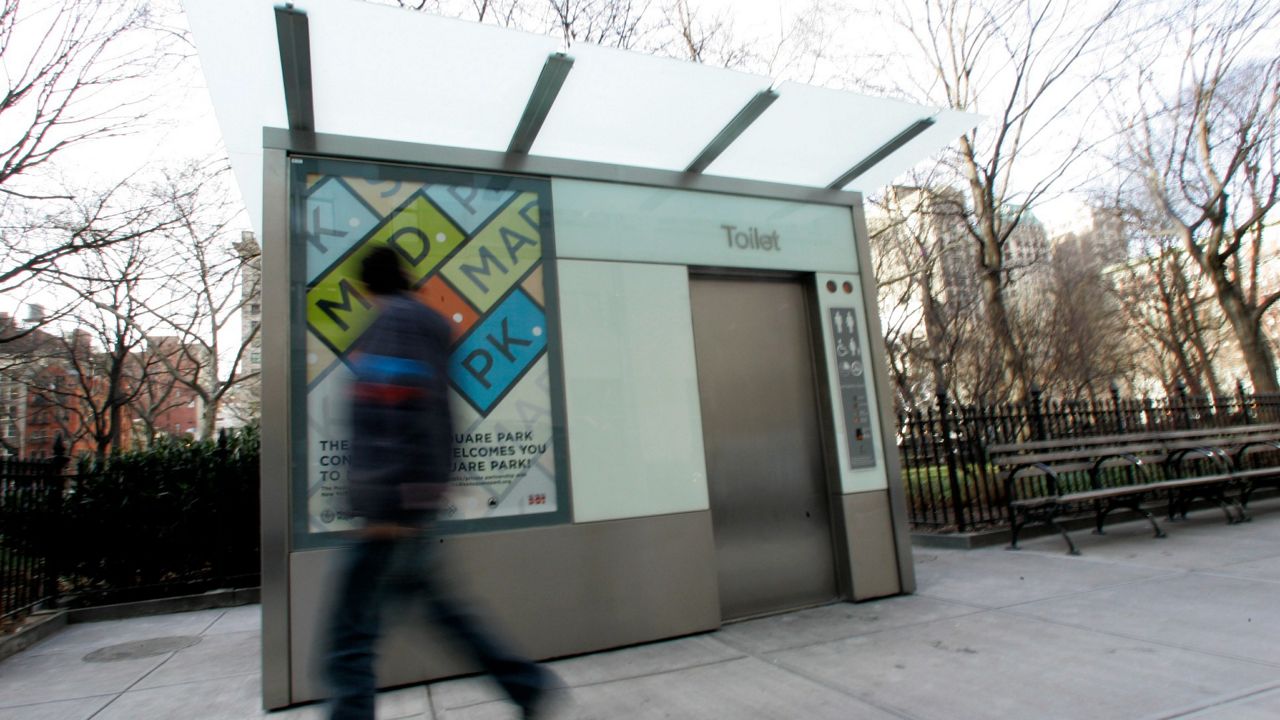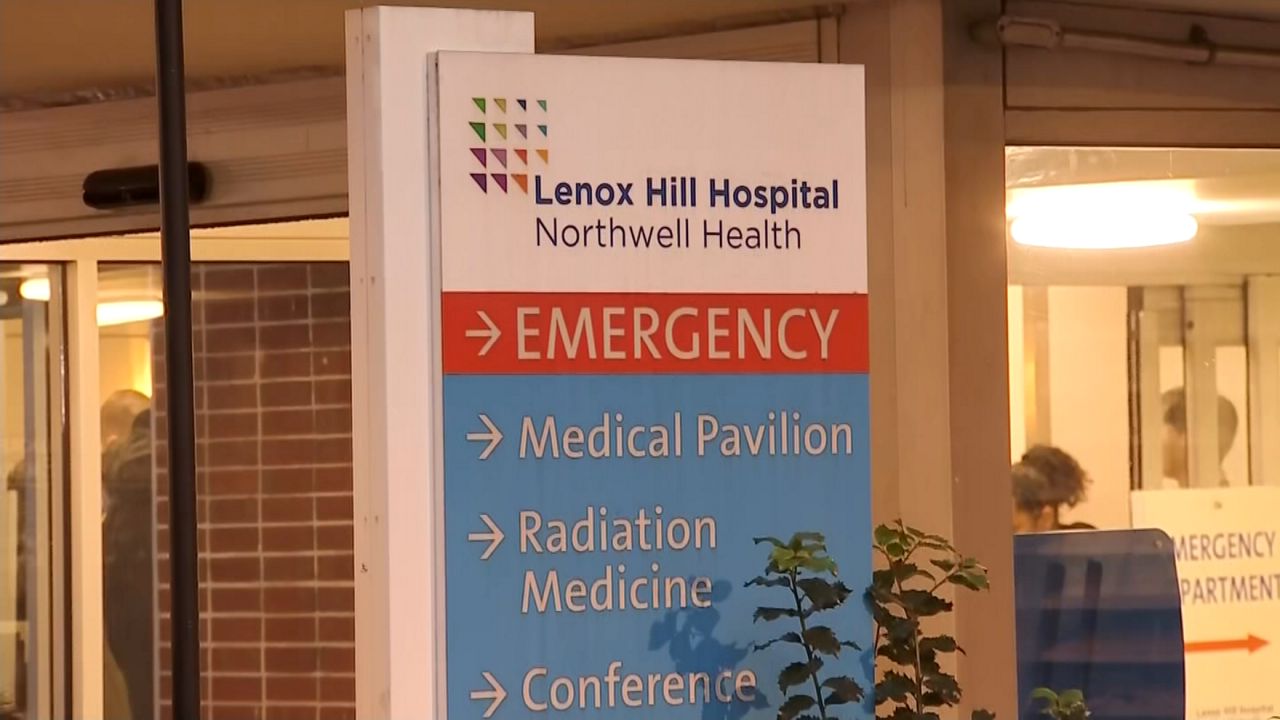On Sunday, March 9, New York and most of America will "spring forward" for daylight saving time, losing an hour overnight usually reserved for sleep. For the unsuspecting, it can be a jarring and potentially schedule-ruining changeup.
Here’s what to know about the annual time change — from the efforts to eliminate it to how to best cope with it.
When exactly does daylight saving time start?
Daylight saving time begins Sunday, March 9 at 2 a.m., with an hour of sleep vanishing in most of the U.S. The ritual will reverse on Nov. 2, when clocks “fall back” as daylight saving time ends.
Hawaii and most of Arizona don’t make the spring switch, sticking to standard time year-round along with Puerto Rico, American Samoa, Guam and the U.S. Virgin Islands. Worldwide, dozens of countries also observe daylight saving time, starting and ending at different dates.
How to adjust to the change
Some people try to prepare for daylight saving time’s sleep jolt by going to bed a little earlier two or three nights ahead. With a third of American adults already not getting the recommended seven hours of nightly shuteye, catching up can be difficult. Here are a few tips to help:
Get morning sunlight. Exposure to natural light in the morning helps regulate your internal clock.
Avoid late-night screens. Blue light from phones and computers can disrupt melatonin production, making it harder to sleep.
Stick to a routine. Keep consistent wakeup and sleep times, even on weekends, to reset your internal clock faster.
Get moving. Light exercise during the day (especially outdoors) can boost energy and help regulate sleep.
Limit caffeine and heavy meals at night. These can interfere with sleep, making it harder to adjust.
Take short naps if needed. A 20-minute power nap can help with daytime drowsiness without disrupting nighttime sleep.
Are there efforts to get rid of daylight saving time or make it permanent?
Yes, at both the federal and state level. But don’t get your hopes up just yet, as both seem to have lost steam — yet again.
President Donald Trump vowed to do away with the practice last year.
“The Republican Party will use its best efforts to eliminate Daylight Saving Time, which has a small but strong constituency, but shouldn’t!” he wrote in a post on his social media site Truth Social in December.
No action has been taken on the matter during Trump’s time back in the White House so far, however.
For the last several years, a bipartisan bill named the Sunshine Protection Act, aimed at making daylight saving time permanent, has stalled in Congress; it has been reintroduced this year.
In New York, legislation has been introduced in the state Assembly and state Senate to establish daylight saving time as the new standard, putting an end to the clock changing. The bills have continued to stall out in committee, though.










